“Mewing” has brought the role of the tongue to the world’s stage. Now the concept of tongue posture is widely accepted even by medical professionals who may have once opposed it. That said, there is still much confusion and misinterpretation as to what tongue posture actually means and why it’s important.
The tongue’s posture plays a part in breathing, digestion, gait, as well as the posture and mechanics of the entire body. Contrary to popular belief, this is never static and instead always in motion. This motion influences the craniosacral pump, the shape of the body/face, the nervous system, and eventually systemic metabolic function.
The tongue shares an early development in the history of vertebrates as well as the human embryo. It is thought that the tongue eventually took shape from some of the structures of the gills. This can be seen in amphibians during metamorphosis as the gills of the tadpole form into the tongue in the adult.
Again, as gills turned to lungs the tongue still works during respiration. In humans, the most basic function of the tongue is to open the upper airways and enable breathing through the nose. This is accomplished by the tongue moving forward and upward during the inhale, expanding the pharynx, and creating a vacuum seal in the mouth. The tongue relaxes upon exhaling.
Failure to perform this movement will limit the expansion of the pharynx, whose own muscles contract simultaneously to “brace” the upper airway and prevent its collapse. The synergy of the tongue and pharyngeal muscles is one of the first and most important steps in breathing. This act precedes that of the diaphragm even, which is reliant on the upper airway to draw air into the lungs.
Without a seal in the mouth or a firm pharynx the nose must work harder to draw in (less) air. This usually devolves into mouth breathing, a sort of gasping or panting in a desperate attempt to capture air. Chronic snorers often feature a loss in tone of the genioglossus, a muscle of the tongue that enables this thrusting act.
This motion is also necessary for craniosacral rhythm as the tongue and pharynx feature connections to the sphenoid and temporal bones. The contractions during inhale pull the bones into flexion, expanding the skull (slightly) in unison with the muscles of the neck.
The Craniosacral System
The brain and spinal cord float in a clear liquid known as cerebrospinal fluid (CSF). This fluid helps to protect, nourish, and remove waste from the vital tissue. Thought as the medium for consciousness, the state of the CSF will determine that of the entire organism.
Movement of the tongue is then not only necessary for breathing but also for flow of CSF through the brain and spinal cord. The health of the central nervous system as well as the shape of the face/skull will be affected by the tongue. This is what drives “Mewing” as the stronger and more active the tongue the more the facial bones like the maxillae, and with it the dental arch, can expand as a result.
These effects are not localized as connections to the tongue span the entire body. The lingual chain is a band of connective tissue that runs from the tongue down through the body into the big toe and thumb. This serves to communicate mechanical and energetic information, meaning that whatever happens with the tongue will be felt through the limbs and what happens in the limbs will be felt in the tongue.
In addition to fascia, the tongue is richly innervated by sensory nerves as it forms a large part of our perception of ourselves. This goes on to shape our internal holographic map of ourselves in space, what is referred to proprioception. Many of these nerves are involved in the parasympathetic nervous system as well, meaning that the tongue’s movement and position influences our ability to rest and digest and vice versa.

It doesn’t stop there, the tongue is also neurologically tied to the eyes, whose relationship with the suboccipital and paraspinal muscles dictates the position of the spine in space. The eyes and tongue will track together during lateral movements of the spine and skull to maintain balance in conjunction with the vestibular system in the inner ear.
How the Eyes Shape Posture
Land-dwelling vertebrates are tasked with simultaneously propelling themselves while supporting against the constant force of gravity. This only became more of a challenge when humans started walking primarily on two legs --combined with the further growth of the cranium. At any given point in time, whether still or in motion, the spine and skull must w…
With this in mind it makes sense why the tongue possesses the fascial and neurological connections that it does. It behaves much like a rudder, steering and guiding the rest of the body with it. Where the tongue goes, the rest of the body eventually follows. The tongue shifted to one side will inevitably cause the spine to react all the way down to the limbs.
This then makes sense of the number of postural and mechanical disorders linked to a dysfunctional tongue as it is acting on multiple levels simultaneously. No it is usually not alone in this but still fills an irreplaceable role. Oftentimes this is a combination of neurological, metabolic, and mechanical issues coming together to manifest itself as a weak or out-of-position tongue.
Since the majority of the tongue is controlled or sensed by the autonomic nervous system, many aspects of stress can alter its behavior. You will notice this when stressed as your tongue may seem tight or not quite as active. This will only cause problems when the stress is present for long periods of time, usually months, years. Alterations to breathing, digestion, proprioception, and biomechanics can follow.
The Autonomic Nervous System
The nervous system is the master system of the body, controlling and regulating nearly all bodily processes at all points in time. Inputs from the external and internal worlds are taken in and processed, helping to determine the adaptations that need to take place with both the short and long term in mind.
There isn’t enough space for me to detail the practical side of things, how to train and use the tongue. That will likely come in a later article. However the idea is that tongue posture isn’t necessarily one fixed position that exists for no reason. It is constantly in motion.
A few key reminders on the tongue:
It needs to thrust (or be sucked) forward during your inhale to open the upper airways
It needs to track with the eyes and move (slightly) side to side during gait
It should be active in chewing and tasting food, mashing, churning, turning
It should be able to reach all corners of the mouth, cleaning and spreading saliva throughout the day




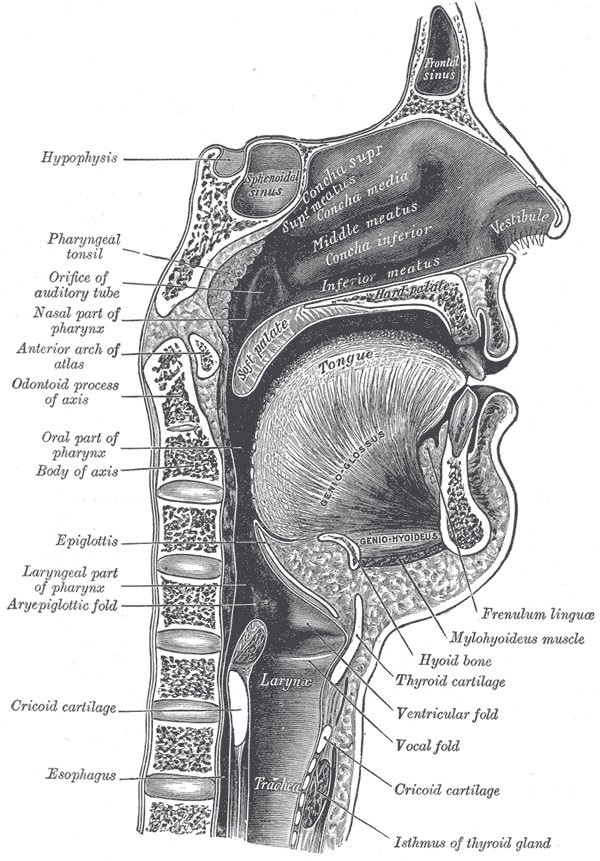

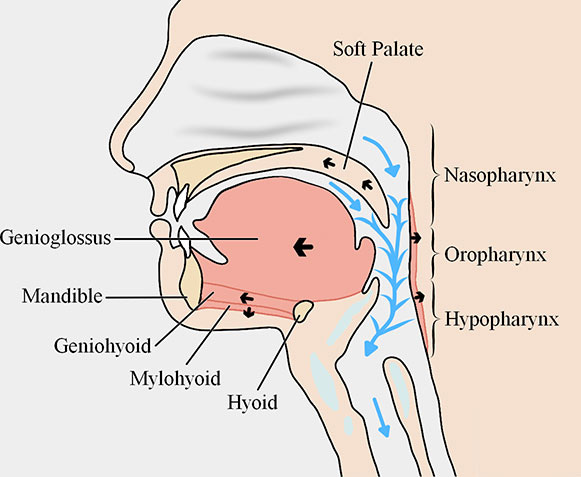
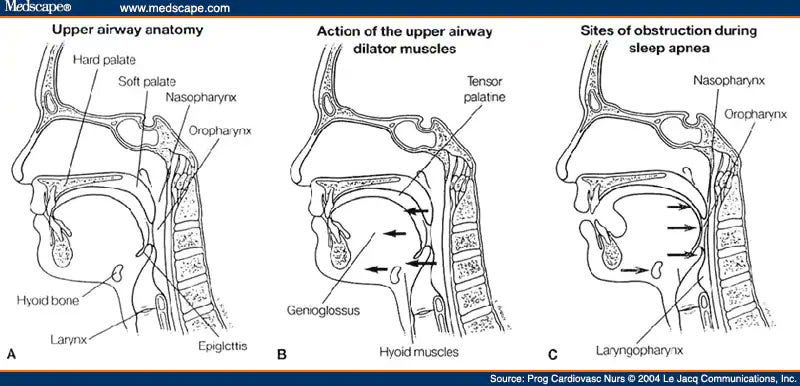
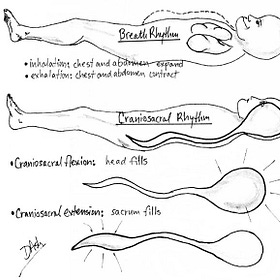
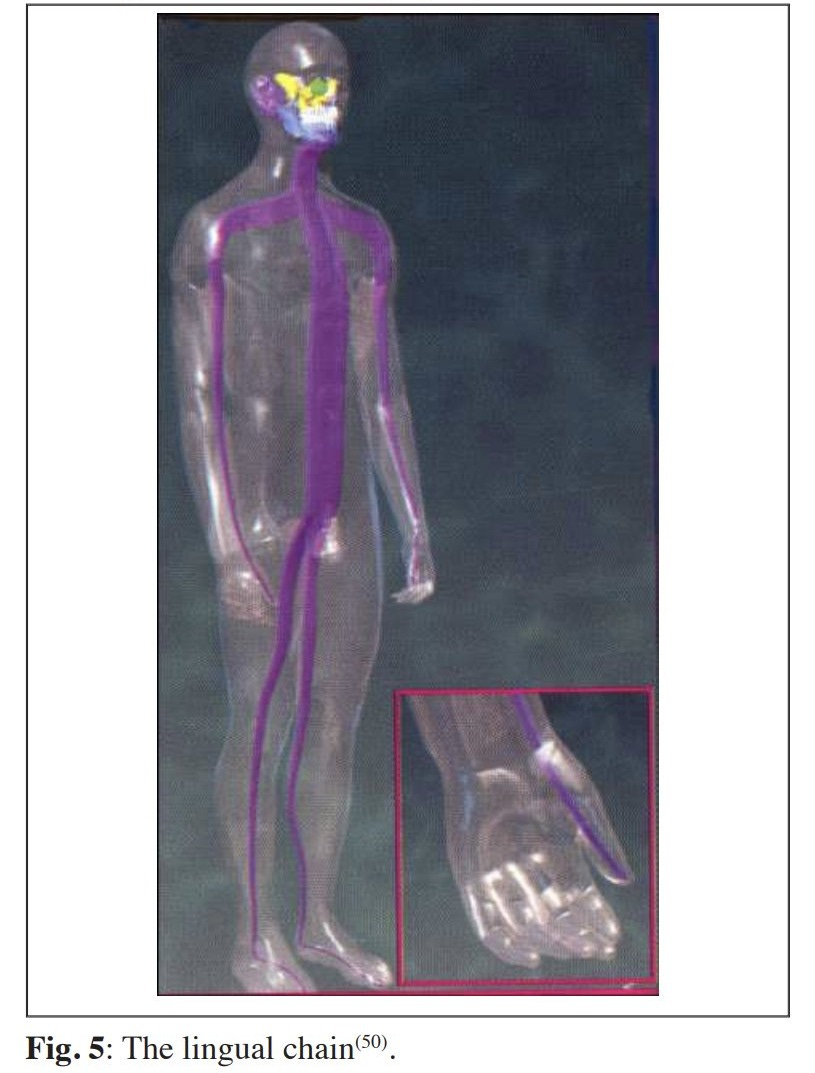

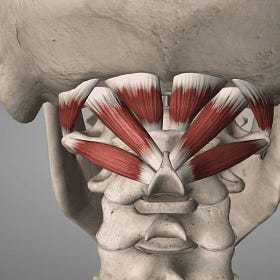

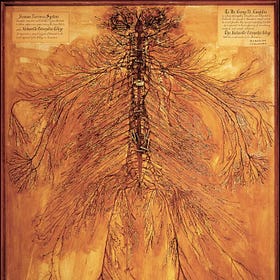
Did not expect to find this as interesting as I did. Thanks for sharing!
LOL your going to tell us this beautiful intricate technology and specificity evolved?
Anyhoo, thank you for sharing!
Have had extensive manipulations etc. to assist and once the body was aligned properly the tongue went in to proper alignment and digestive/breathing issues subsided!
Thank you!!!